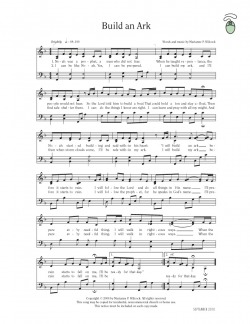
Now that the Three Month Challenge is over, the next step is finishing your year’s supply. In agrarian cultures, it was very common to have a year’s supply, in case the next year’s harvest was insufficient- hailstorms, drought, fire, flood, damage from animals or bugs. Since we don’t grow all our own food anymore, we sometimes become oblivious to the need to have backup. In reality, our food situation is more precarious- it involves a large web of people, machinery, and transportation, as well as Nature, all doing their part. If any one of these is messed with, the stores could be empty within a few days. Food storage is great insurance and brings peace of mind. I can’t afford to invest in gold, but I can afford wheat. You can’t eat gold, anyway. I’ll send a quote next week from Brigham Young about gold and wheat.
A great article on what and how to store your long-term food is “Home Storage: Build on the Basics” from the Ensign magazine, June 1989. Some highlights from it are:
“We continue to encourage members to store sufficient food, clothing, and where possible fuel for at least one year. We have not laid down an exact formula for what should be stored. However, we suggest that members concentrate on essential foods that sustain life, such as grains, legumes, cooking oil, powdered milk, salt, sugar or honey, and water. Most families can achieve and maintain this basic level of preparedness. The decision to do more than this rests with the individual.
“We encourage you to follow this counsel with the assurance that a people prepared through obedience to the commandments of God need not fear.” (First Presidency letter to priesthood leaders, 24 June 1988.)
If families would think in terms of storing only foods basic to survival, or if they would supplement the food storage they already have with the basics to build it up to a year’s supply, the task would be simpler than they might think. They would then be prepared for food emergencies.
A year’s supply of food storage is beneficial in several ways:
1. It provides peace of mind as we obey the counsel to store.
2. It helps ensure survival in case of personal (including financial setbacks, health issues) or natural disaster.
3. It strengthens skills in preparing and using basic foods.
No single food storage plan will work for everyone. Each family’s needs differ, as does their financial ability to accumulate the storage items. But by working under the direction of the First Presidency “to concentrate on essential foods,” it can be done. President Ezra Taft Benson has said on at least three different occasions, “The revelation to produce and store food may be as essential to our temporal welfare today as boarding the ark was to the people in the days of Noah.” (Ensign, Nov. 1980, p. 33.)”
Noah didn’t build it in a week, and he didn’t take out a loan for it… but he worked at it until it was done.
Are you building your ark?
* * * * * * *
The recipe this time around is for something fun to make and eat:
Tootsie Rolls
2 Tbsp. butter
½ c. corn syrup
¼ c. unsweetened cocoa powder
1 tsp. vanilla
3 c. powdered sugar
¾ c. dry milk powder
Combine in a bowl, mix as much as you can with a spoon, then knead by hand. At first it will look like a big bunch of powdered sugar that won’t ever stick together….. but keep with it, and it will. Once it all turns brown and holds together, roll into long ‘snakes’ and cut into bite-size pieces.
These are even better the next day, and if you want them chewier, let them sit out a few days. (Remember how old the store’s Tootsie Rolls must be…)
Vanilla Tootsie Rolls
Instead of corn syrup, use sweetened condensed milk and omit the milk powder. Increase vanilla to 1 Tbsp.

 RSS Feed
RSS Feed